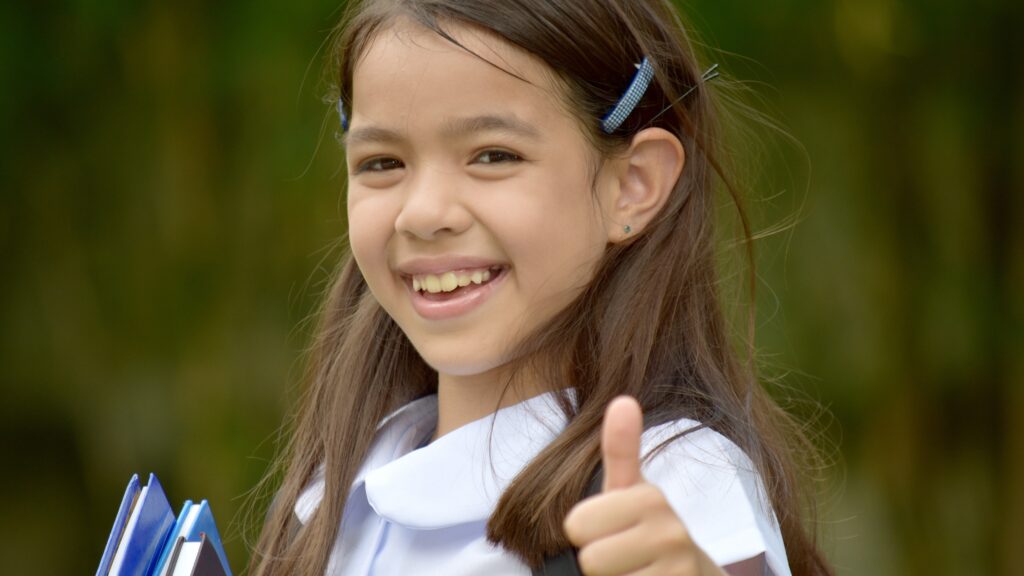Jillian Schneider | June 5, 2024
(The Lion) — School choice programs are exploding across the nation, and Indiana is no exception.
The Indiana Department of Education (DOE) released a new report on its Choice Scholarship program, which initially launched in 2011 and expanded to become nearly universal last year.
Participation is limited to families at or below 400% of the federal poverty level.
“The 2023-2024 school year saw the largest growth in the number of students in the history of the program,” the DOE report began.
In 2022-23, there were around 53,000 Choice Scholarship participants. In 2023-24, it exceeded 70,000 – about 6% of all Indiana’s K-12 students.
Students in the program are receive one of two scholarship amounts, whichever is less: 90% of state per-pupil education funding or the full amount of their non-public school tuition and fees.
Though Indiana is currently spending over $13,000 per public school student, state funding only accounts for around $8,000, meaning scholarships are capped at an average of $7,200.
However, the DOE report revealed just 57% received the allotted 90% of state funding, while the other half took less.
This efficiency is due to the comparatively low costs of Indiana private schools.
According to the Private School Review, average private tuition is just $7,000 in the Hoosier State. Elementary schools are generally cheaper ($6,000) and high schools more expensive ($9,200).
Despite the Choice Scholarship’s obvious popularity, the education establishment still had a bone to pick with its growth.
“This expansion, extending vouchers to wealthier families, funnels public funds to those who can already afford private schools,” said Keith Gambill, president of Indiana’s state teachers’ union. “Instead of helping wealthy families attend private schools at the expense of public school kids, we should be investing these tax dollars in our public schools.”
But what teachers’ unions often neglect to mention is that most school choice programs – including Choice Scholarships – serve primarily low and middle-income families.
According to the report, 80% of students come from families earning $150,000 or less. More than half (55%) are earning less than $100,000.
Only a handful of participants (6%) earn $200,000 or more.
Additionally, the program’s growth was evenly spread across all ethnicities, including white (37%), Asian (31%), multiracial (26%), black (24%) and Hispanic (20%) students.
This article was made available to EdNews Virginia via The Lion, a publication of the Herzog Foundation.
